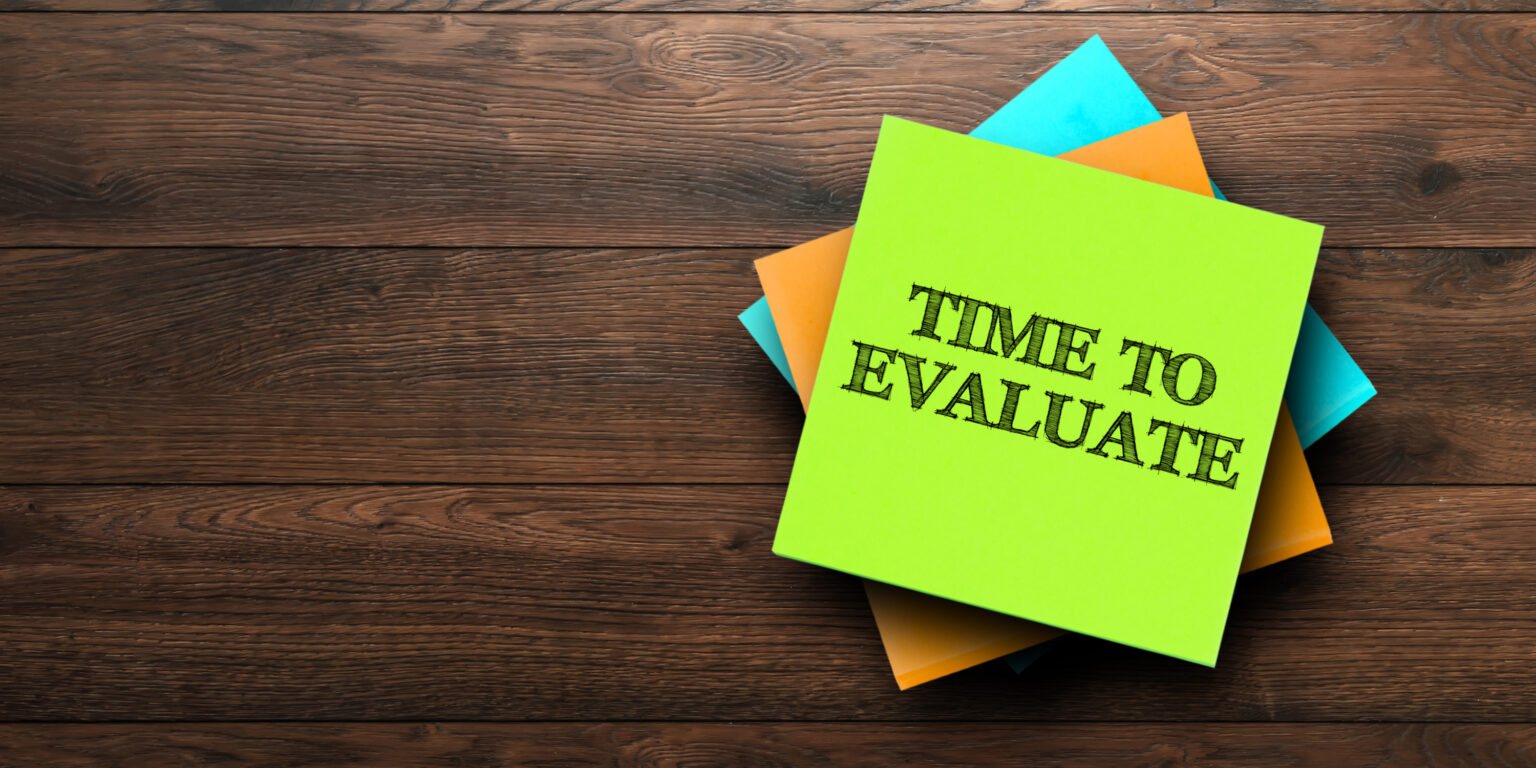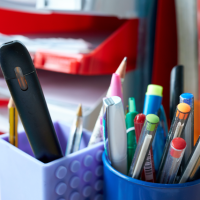All courses designed and implemented by 3rd Millennium Classrooms incorporate evidence-based practices, which are key to receiving the most effective outcomes. One of the many practices we use is Reflection and Evaluation.
What is Reflection and Evaluation?
Reflection and evaluation are behavior change strategies used to help students identify, review, and assess harmful past behaviors. By doing so, the goal is to empower individuals to make different choices in the future, ultimately leading to better outcomes. Through reflection and evaluation are two individual, but related concepts, when used together they can be a powerful tool for encouraging long-lasting change.
How Reflection and Evaluation Works
The first step is for students to reflect on a previous situation where they engaged in risky behavior, such as vaping, prescription drug misuse, or shoplifting. In a discussion or written exercise, students will think about negative consequences from use (e.g. physical, mental, relational, etc.) and the choices that led up to that situation. Using guiding questions can help students think about the situation more carefully: Where was I before the situation? Who was I with during the situation? How did I feel while participating? How did I feel after?
Once the reflection is complete, students move on to the evaluation phase, which includes grading their choices and then evaluating the situation. A key aspect of evaluation is for students to identify alternative choices they could have made. While there is no one “right” answer, this individualized approach allows students to come up with many alternatives that could help them avoid similar situations in the future.
How Reflection and Evaluation Changes Behavior
Oftentimes, individuals are either not interested in or committed to making positive changes; however, there is always room for improvement. By utilizing reflection and evaluation strategies, we begin to help people become more likely to move through the behavior change continuum (a primary goal of Motivational Interviewing). After becoming aware of their current behavior and identifying perceived barriers and benefits to changes, individuals can become motivated to change, try new strategies and behaviors, and hopefully sustain new, positive behaviors.
In addition to reflecting and evaluating, identifying protective behaviors, and identifying triggers can help students develop a plan to rely on if they’re ever in a similar situation. At 3rd Millennium Classrooms, our courses give students the opportunity to identify negative consequences, reflect on their choices, and make plans for changing their behavior. While the hope is that students won’t be in the same negative situation again, we recognize behavior change is complex and we want our students to be well prepared for all situations. Practicing the plan in the classroom will ensure students aren’t testing them out for the first time in “real life.”




